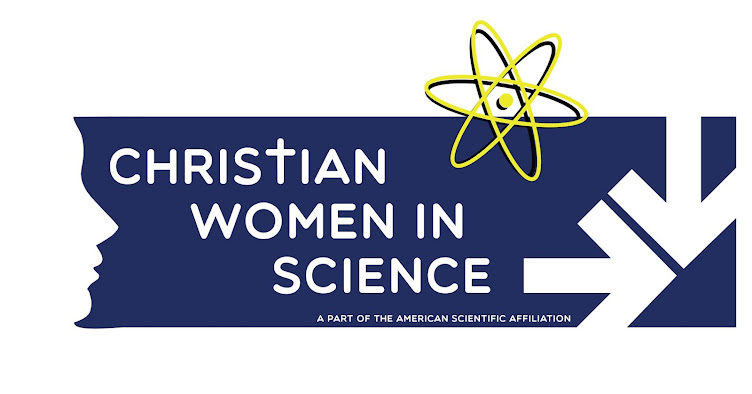
The field of biblical archaeology, and biblical studies in general, has always had a “woman problem.” Women have long been a minority. To be sure, there have always been notable exceptions—such as
Gertrude Bell,
Kathleen Kenyon, Martha Joukowsky, Susan Alcock,
Jodi Magness,
Ann Killebrew—but for the most part the field has been dominated by men—often charismatic, loud, entertaining, obnoxious, and mostly white men.
And this is just the way it has always been.
However, over the past decades many scholars and administrators have decided to address this issue and have begun making concerted efforts to increase the number of women in field archaeology and biblical studies. Because of these efforts, we have seen an increase in the number of women enrolled in archaeology and biblical studies programs, presenting papers at professional conferences, publishing cutting-edge research, and receiving academic positions. The American Schools of Oriental Research (ASOR) even named
Susan Ackerman its first female president in 2014.
Progress is being made with regard to gender parity in archaeology and the academy. Therefore, you can understand why I am continually baffled—and women all the more so—when all-male conference panels (“manels”) are assembled, all-male edited volumes (“manthologies”) are published, and all-male festschrifts (“festicles”) are printed. It is 2019, and women are still being regularly excluded!
I hear many excuses when these all-male offerings appear, one of the most frequent being: “I invited several women, but none of them accepted my invitation, so I filled those spots with men.” There are several problems with this excuse.
First, if women repeatedly turn down invitations to work with a particular man or organization en masse, it may indicate a serious problem with the individual or organization. Is there some more disquieting reason why many women don’t want to work with certain male scholars beyond the courteous excuse of being overcommitted?
Second, many women scholars are overcommitted because the few of them working in our field are asked to contribute to so many committees and volumes. Women reserve the right to decline invitations. Women are not obligated to compensate for centuries of marginalization by committing to every invitation.
Third, when women decline invitations to present or write for a project, they don’t owe an explanation. Scholars don’t have to give a reason why they do not wish to participate in a project; they can simply decline.
Finally, men should not publicly name any woman who turned down an invitation, especially to cover for the fact that they were unable to achieve gender parity in a publication, panel, or event. I am outraged when male scholars blame women by name for the lack of women contributors in their professional panels or volumes by saying, “Well I invited Scholar X, Scholar Y, and Scholar Z, but they declined …” Publicly shaming women scholars by name does nothing to assuage the fact that only men were included in a volume or conference.
Even if a dozen women decline an invitation, a male editor is still responsible for the lack of gender parity in his volume—not those women who declined. The editor or organizer must simply work harder to achieve his goal and do a better job of encouraging women to participate.
As Editor of BAR, I believe it is my responsibility to support the amplification of women’s scholarly voices through publication, not simply through invitation. Scholarship is not stunt riding, and editors are not Evel Knievel; we shouldn’t be credited simply for the attempt even if we fail. We cannot define “due diligence” as inviting an acceptable quota of women to participate. The bar must be higher than that.
My work and my organization should be judged by the number of women actually appearing in the published product, not simply the number of women originally invited.
Gender parity is still a problem in the academy. To change this, we must promote programs that cultivate women scholars from a young age, establishing gender parity as a priority from the outset of any project, be it a conference, edited volume, or magazine issue.






